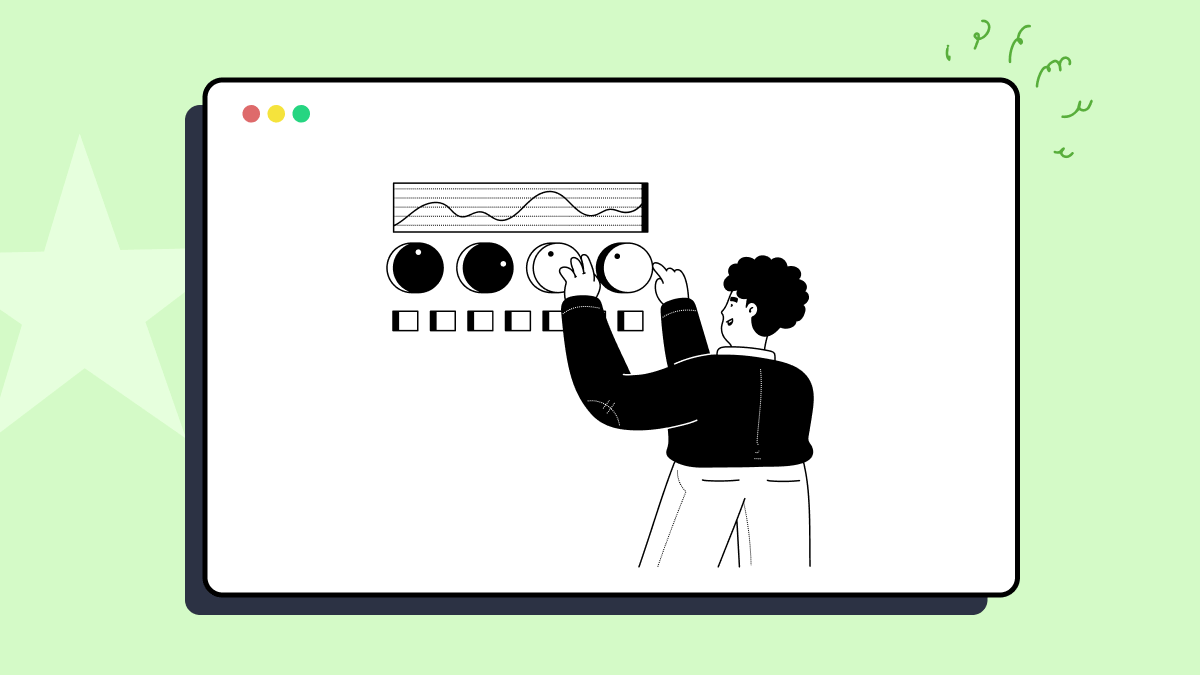How to use TestWaitForLog method of wait Package
Best Testcontainers-go code snippet using wait.TestWaitForLog
log_test.go
Source: log_test.go
...26}27func (st noopStrategyTarget) State(ctx context.Context) (*types.ContainerState, error) {28 return nil, nil29}30func TestWaitForLog(t *testing.T) {31 target := noopStrategyTarget{32 ioReaderCloser: ioutil.NopCloser(bytes.NewReader([]byte("docker"))),33 }34 wg := NewLogStrategy("docker").WithStartupTimeout(100 * time.Microsecond)35 err := wg.WaitUntilReady(context.Background(), target)36 if err != nil {37 t.Fatal(err)38 }39}40func TestWaitWithExactNumberOfOccurrences(t *testing.T) {41 target := noopStrategyTarget{42 ioReaderCloser: ioutil.NopCloser(bytes.NewReader([]byte("kubernetes\r\ndocker\n\rdocker"))),43 }44 wg := NewLogStrategy("docker")....TestWaitForLog
Using AI Code Generation
1import (2func main() {3 const (4 opts := []selenium.ServiceOption{5 }6 service, err := selenium.NewSeleniumService(seleniumPath, port, opts...)7 if err != nil {8 log.Fatal(err)9 }10 defer service.Stop()11 caps := selenium.Capabilities{"browserName": "firefox"}12 wd, err := selenium.NewRemote(caps, "")13 if err != nil {14 log.Fatal(err)15 }16 defer wd.Quit()17 log.Fatal(err)18 }19 output, err := wd.WaitWithTimeoutAndInterval(selenium.ByID, "output", 10*time.Second, 100*time.Millisecond)20 if err != nil {21 log.Fatal(err)22 }23 text, err := output.Text()24 if err != nil {25 log.Fatal(err)26 }27 log.Printf("Program output: %s28}29import (30func main() {31 const (32 opts := []selenium.ServiceOption{TestWaitForLog
Using AI Code Generation
1import (2func main() {3 opts := []selenium.ServiceOption{4 }5 selenium.SetDebug(true)6 service, err := selenium.NewChromeDriverService("/usr/local/bin/chromedriver", 9515, opts...)7 if err != nil {8 log.Fatalf("Failed to start Selenium service: %v", err)9 }10 defer service.Stop()11 caps := selenium.Capabilities{"browserName": "chrome"}TestWaitForLog
Using AI Code Generation
1import (2func main() {3 fmt.Println("TestWaitForLog")4 wait := NewWait()5 wait.TestWaitForLog()6}7import (8func main() {9 fmt.Println("TestWaitForLog")10 wait := NewWait()11 wait.TestWaitForLog()12}13import (14func main() {15 fmt.Println("TestWaitForLog")16 wait := NewWait()17 wait.TestWaitForLog()18}19import (20func main() {21 fmt.Println("TestWaitForLog")22 wait := NewWait()23 wait.TestWaitForLog()24}25import (26func main() {27 fmt.Println("TestWaitForLog")28 wait := NewWait()29 wait.TestWaitForLog()30}31import (32func main() {33 fmt.Println("TestWaitForLog")34 wait := NewWait()35 wait.TestWaitForLog()36}37import (38func main() {39 fmt.Println("TestWaitForLog")40 wait := NewWait()41 wait.TestWaitForLog()42}43import (44func main() {45 fmt.Println("TestWaitForLog")46 wait := NewWait()47 wait.TestWaitForLog()48}49import (50func main() {51 fmt.Println("TestWaitForLog")52 wait := NewWait()53 wait.TestWaitForLog()54}TestWaitForLog
Using AI Code Generation
1import (2func main() {3 fmt.Println("Hello, playground")4 wait.TestWaitForLog()5}6import (7func TestWaitForLog() {8 c := make(chan string)9 go func() {10 time.Sleep(3 * time.Second)11 }()12 select {13 fmt.Println(msg)14 case <-time.After(2 * time.Second):15 fmt.Println("timeout")16 }17}18import (19func main() {20 fmt.Println("Hello, playground")21 wait.TestWaitGroup()22}23import (24func TestWaitGroup() {25 wg.Add(2)26 go func() {27 defer wg.Done()28 time.Sleep(1 * time.Second)29 fmt.Println("Hello")30 }()31 go func() {32 defer wg.Done()33 time.Sleep(2 * time.Second)34 fmt.Println("World")35 }()36 wg.Wait()37}TestWaitForLog
Using AI Code Generation
1import (2func main() {3 fmt.Println("Starting main")4 w := wait.New()5 go func() {6 fmt.Println("Starting go routine")7 time.Sleep(time.Second * 10)8 fmt.Println("Ending go routine")9 w.Done()10 }()11 fmt.Println("Waiting for go routine")12 w.Wait()13 fmt.Println("Done waiting for go routine")14}Blogs
Check out the latest blogs from LambdaTest on this topic:
One of the most important tasks of a software developer is not just writing code fast; it is the ability to find what causes errors and bugs whenever you encounter one and the ability to solve them quickly.
There is just one area where each member of the software testing community has a distinct point of view! Metrics! This contentious issue sparks intense disputes, and most conversations finish with no definitive conclusion. It covers a wide range of topics: How can testing efforts be measured? What is the most effective technique to assess effectiveness? Which of the many components should be quantified? How can we measure the quality of our testing performance, among other things?
We launched LT Browser in 2020, and we were overwhelmed by the response as it was awarded as the #5 product of the day on the ProductHunt platform. Today, after 74,585 downloads and 7,000 total test runs with an average of 100 test runs each day, the LT Browser has continued to help developers build responsive web designs in a jiffy.
With the rise of Agile, teams have been trying to minimize the gap between the stakeholders and the development team.
Automation Testing Tutorials
Learn to execute automation testing from scratch with LambdaTest Learning Hub. Right from setting up the prerequisites to run your first automation test, to following best practices and diving deeper into advanced test scenarios. LambdaTest Learning Hubs compile a list of step-by-step guides to help you be proficient with different test automation frameworks i.e. Selenium, Cypress, TestNG etc.
LambdaTest Learning Hubs:
- JUnit Tutorial
- TestNG Tutorial
- Webdriver Tutorial
- WebDriverIO Tutorial
- Protractor Tutorial
- Selenium 4 Tutorial
- Jenkins Tutorial
- NUnit Tutorial
- Jest Tutorial
- Playwright Tutorial
- Cypress Tutorial
- PyTest Tutorial
YouTube
You could also refer to video tutorials over LambdaTest YouTube channel to get step by step demonstration from industry experts.
Most used method in
- WithStartupTimeout
- ForAll
- WaitUntilReady
- isConnRefusedErr
- NewExecStrategy
- defaultExitCodeMatcher
- WithExitCodeMatcher
- WithPollInterval
- ForExec
- NewExitStrategy
- WithExitTimeout
- ForExit
- Host
- Ports
- MappedPort
- Logs
- Exec
- State
- TestWaitForExit
- NewHealthStrategy
- ForHealthCheck
- NewHostPortStrategy
- ForListeningPort
- ForExposedPort
- buildInternalCheckCommand
- NewHTTPStrategy
- defaultStatusCodeMatcher
- WithPort
- WithStatusCodeMatcher
- WithResponseMatcher
- WithTLS
- WithAllowInsecure
- WithMethod
- WithBody
- ForHTTP
- NewLogStrategy
- WithOccurrence
- ForLog
- TestWaitForLog
- TestWaitWithExactNumberOfOccurrences
- TestWaitWithExactNumberOfOccurrencesButItWillNeverHappen
- TestWaitShouldFailWithExactNumberOfOccurrences
- ForSQL
- Timeout
- WithQuery
- Test_waitForSql_WithQuery
- defaultStartupTimeout
- defaultPollInterval
Try LambdaTest Now !!
Get 100 minutes of automation test minutes FREE!!



